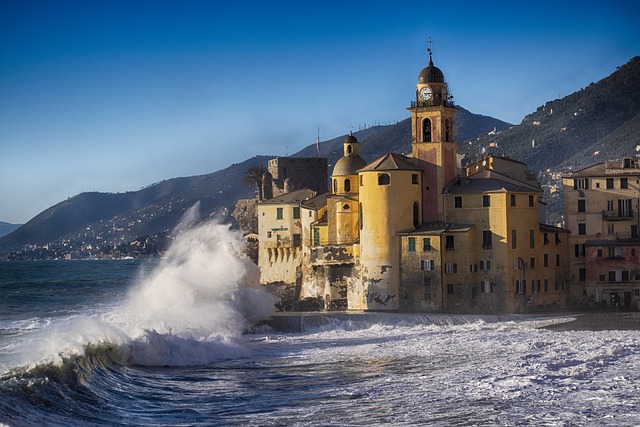Storm Darragh, which struck the UK and Ireland in December 2024, left a path of destruction, disrupting lives and communities. With wind speeds reaching 93 mph and widespread damage to infrastructure, homes, and transportation, this storm will be remembered as one of the most severe weather events of the year.
Loss of Lives and Injuries
Tragically, the storm claimed at least two lives in the UK. Paul Fiddler, a football coach, died in Longton, Lancashire, when a tree fell on his van, while a second individual lost their life in Birmingham under similar circumstances. Numerous injuries were reported across the affected regions, many caused by falling trees and flying debris.
Power and Water Disruptions
The storm caused massive power outages, leaving over 450,000 homes in Ireland and 161,000 homes in the UK without electricity. In Ireland, more than 150,000 people experienced water supply issues due to damage at water treatment plants. Crews have worked tirelessly to restore services, but many households faced extended periods without power or water.
Structural and Property Damage
The storm’s ferocity caused significant structural damage, including roofs being torn off buildings and trees uprooted. In Solihull, a man narrowly escaped injury when a tree crushed his car. A particularly alarming incident occurred in Northern Ireland, where a bus crashed into a house during the severe weather, though thankfully no fatalities were reported. Holiday decorations and festive displays were also destroyed, leaving communities disheartened just weeks before Christmas.
Transportation Chaos
The storm brought travel to a standstill in many areas. Train services were canceled due to debris on tracks, and major roads and bridges were closed. In addition, flights at Dublin and Cork airports were delayed or canceled, with some being diverted to other locations. The Merseyside Derby between Everton and Liverpool was postponed due to safety concerns, highlighting the widespread impact on daily life.
Flooding and Emergency Response
Flooding was another major concern, with over 180 flood warnings issued across England. Many areas saw significant water damage, particularly in regions already vulnerable to heavy rains. Emergency services declared major incidents in parts of Wales, emphasizing the strain on resources and the scale of the damage.
Community Impact
Storm Darragh left emotional scars as well as physical ones. Communities mourning the loss of loved ones were also grappling with the destruction of homes, businesses, and public spaces. Festive preparations were upended, with decorations destroyed and events canceled, deepening the storm’s impact during what is usually a season of joy.
A Challenging Recovery Ahead
As the storm subsides, the recovery efforts are expected to be long and arduous. Crews are working tirelessly to clear debris, restore power, and provide aid to those in need. Governments in the UK and Ireland are mobilizing emergency funds to assist affected communities, but the scale of the destruction means it will take weeks, if not months, for life to return to normal.
Conclusion
Storm Darragh is a stark reminder of the power of nature and the resilience of communities in the face of adversity. While the damage is immense and the loss of life tragic, the response of emergency services and local communities has shown remarkable strength. As recovery efforts continue, the hope is that lessons learned from this disaster will help mitigate the impact of future storms.
